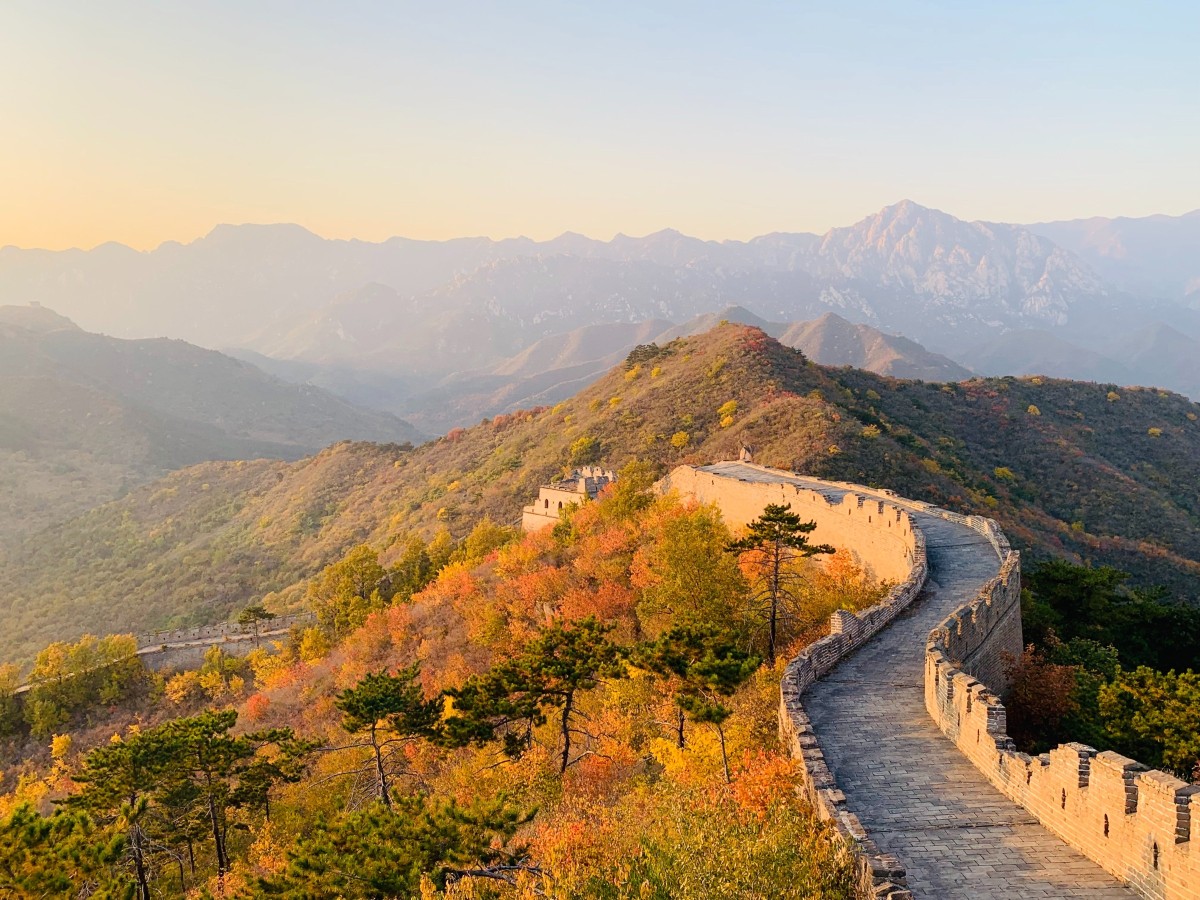
Throughout history, walls were not only for defence, but also symbols of power and wealth for the cities they protected. The walls were built for various reasons: sometimes to protect cities from enemies, sometimes to delimit borders between peoples, countries or civilisations.
Their origins date back to prehistoric times and since then the techniques and materials used have gradually improved. Although many of these walls have been altered or demolished with the growth of cities and the appearance of urban extensions throughout the 19th and 20th centuries, today we can still enjoy many walls that have become more of a tourist attraction.
In today's article, discover some of the most impressive walled cities in the world. Get your pen and paper ready to write down some of the destinations you can go to, to enjoy these impressive traces of history in person.
Citadel of Carcassone, France
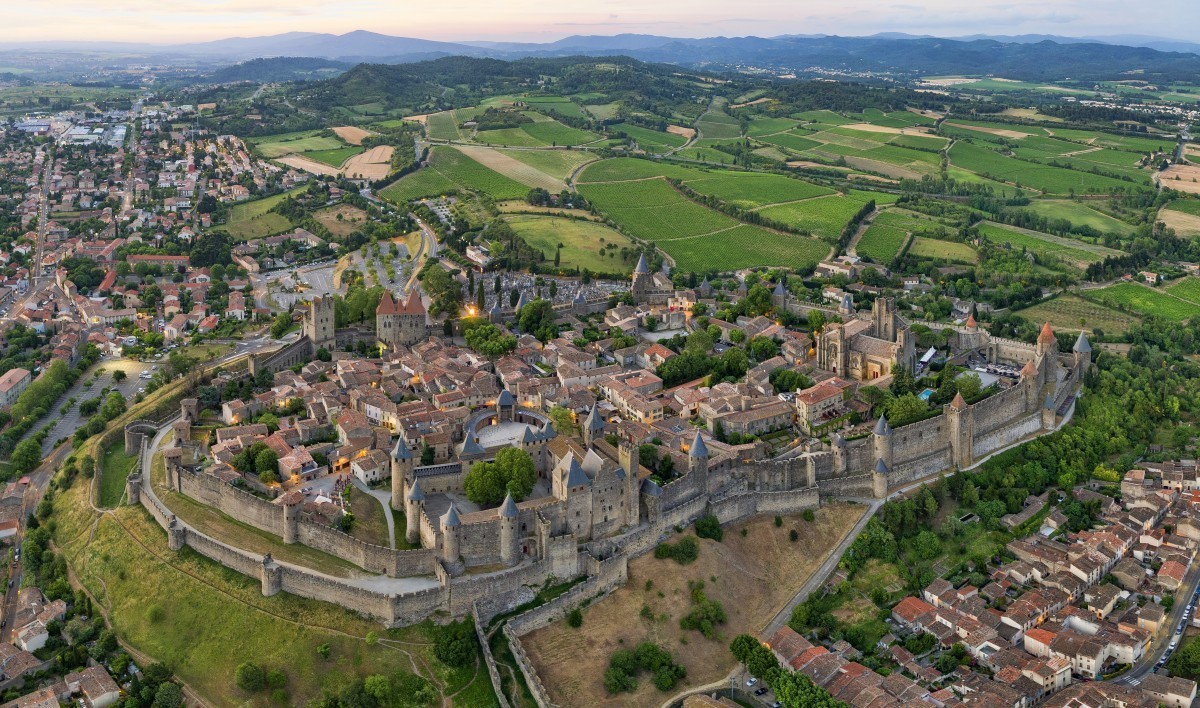
This is a unique town and fortified complex that forms the oldest part of the population centre of the French municipality of Carcassonne. Composed mainly of elements that have survived many attempts at destruction since the Middle Ages.
It was declared a UNESCO World Heritage Site in 1997 and its castle and ramparts are one of the most popular tourist attractions in France. Surrounded by a walled city 3 kilometres long, it retains the interior of a medieval European town with its narrow, winding streets, half-timbered buildings and artisan quarters.
Walls of Dubrovnik, Croatia

Dubrovnik is a fortified city on the Adriatic coast in the far south of Croatia. These walls are a series of protective stone walls, which surrounded and protected the inhabitants of the later named maritime city of Dubrovnik.
It was enlarged and modified several times throughout its history, but it is considered one of the greatest fortifications of the Middle Ages, as it was never invaded by enemy troops during this period. Nowadays, the walls built between the 12th and 17th centuries are the main remains. This "Pearl of the Adriatic" was included in the UNESCO World Heritage List in 1979.
Walls of Constantinople, Turkey
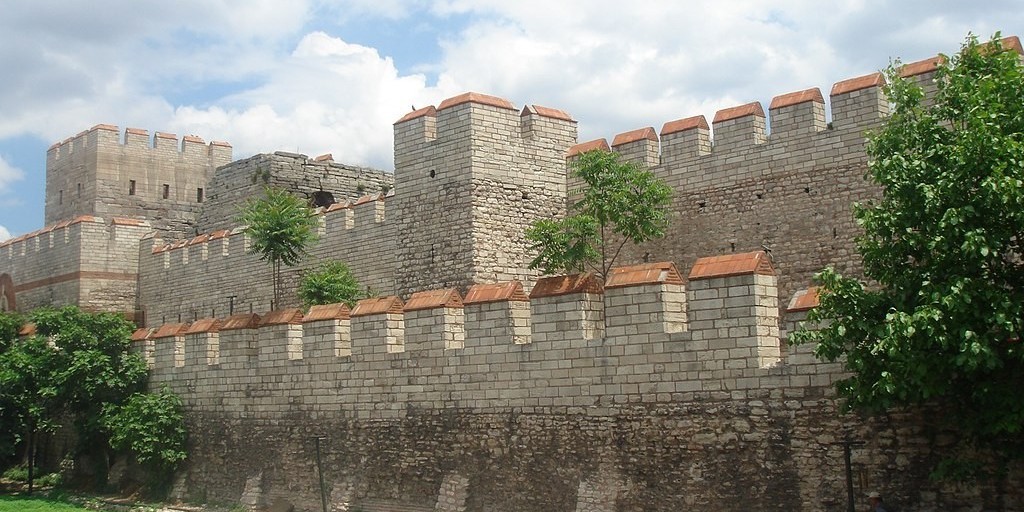
The walls of Constantinople have surrounded and protected the city since Emperor Constantine I the Great named it the capital of the Eastern Roman Empire. Throughout history the walls have undergone several modifications, but they are considered one of the greatest fortification systems of antiquity, and one of the most elaborate and complex defence systems ever built.
Nevertheless, it failed to prevent the Ottomans from taking the city through an ingenious system of transporting their ships overland. UNESCO declared the city walls a World Heritage Site in 1985.
Wall of Ávila, Spain
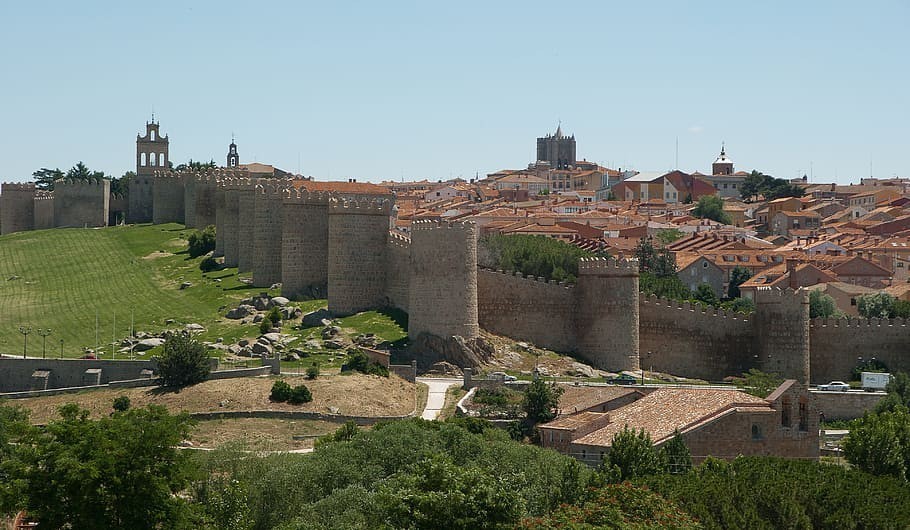
In Spain, close by, we can also find an amazing wall, more precisely in Ávila. This impressive wall surrounds the entire city: 12 metres high, 3 metres thick and over 2,500 metres long. It is the best preserved medieval walled enclosure in Europe.
It was built between the 11th and 14th centuries, and its main function was to defend the city against possible invasions and attacks. In addition to its defensive function, the wall also served as a means of control and access to the city. The gates with their towers were strategic points where the entry and exit of people and goods were controlled. In 1985, the wall was declared a World Heritage Site by UNESCO, thus becoming a symbol of international importance.
Wall of Cartagena de Indias, Colombia

In the beautiful city of Cartagena de Indias, in the Colombian Caribbean, are these impressive walls that bear witness to its rich history. These imposing walls were built in the 18th century by Spain to protect the city from the constant attacks of English and French pirates.
Today, the walls of Cartagena remain standing, offering visitors and locals a charming and lively setting. Within these fortifications are magnificent colonial mansions, lively squares and charming cafés and restaurants - a fantastic way to enjoy a World Heritage Site, declared by UNESCO in 1984.
The Great Wall of China
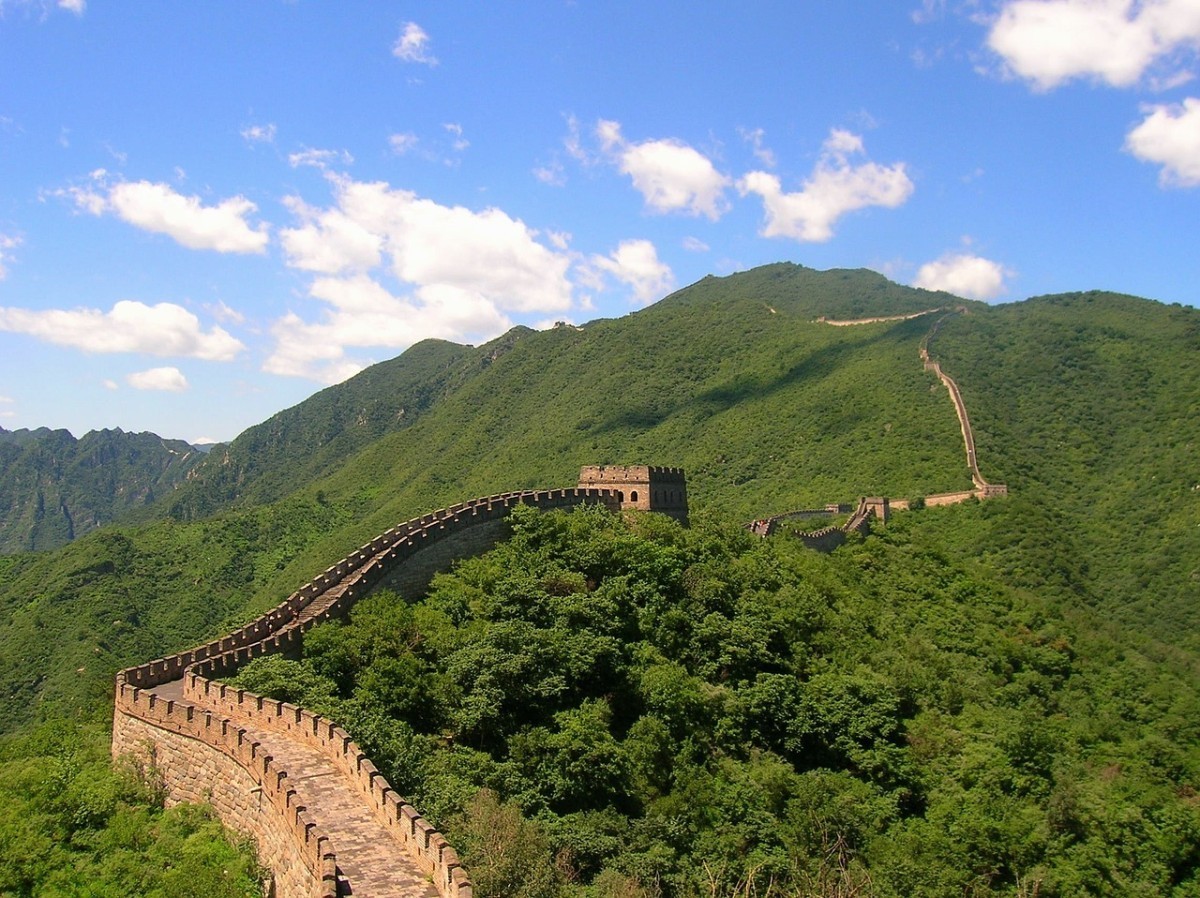
In this case, the wall does not surround a city but this does not diminish its importance. On the contrary, this wall defended an entire empire. The Great Wall of China is an ancient fortification built and rebuilt between the 5th century BC and the 16th century under successive dynasties.
The main objective was to protect the northern borders of the Chinese Empire from attacks by the Mongolian and Manchurian Huns. Built with clay and sand and fortified with limestone bricks from the Beijing area, granite and fired bricks, it is around 21,200 kilometres long. In 1987, the wall was included in the UNESCO World Heritage List.